On 1 October, we gave you a detailed introduction to the wushu and dance courses at Malvern College Chengdu Primary School. Today, we move on to music, visual arts, and physical education, all of which are key components of the well-rounded education we offer here.
Malvern College Chengdu’s music, visual arts, and physical education (P.E.) courses are based on the Chinese National Curriculum, on top of it, we have made in-depth expansion in the content. In adherence to the nationally promoted global citizenship education, Malvern College Chengdu’s courses feature detailed comparisons of Chinese and Western culture. Our goal is to help our students develop a broader global perspective.
In terms of our music courses, (including music and music performance), our syllabus follows Chinese national curriculum and includes strong Chinese and Western music elements. We provide not only a specialised and systematic approach to music education, but also offer an immersive cultural atmosphere which emphasizes the comparisons of Chinese and Western music cultures. At Malvern College Chengdu Primary School, Chinese music, Western music, and music performance are separate subjects. Chinese music is taught by Chinese teachers, while the latter two subjects are taught by foreign teachers and supervised by Chinese teachers.
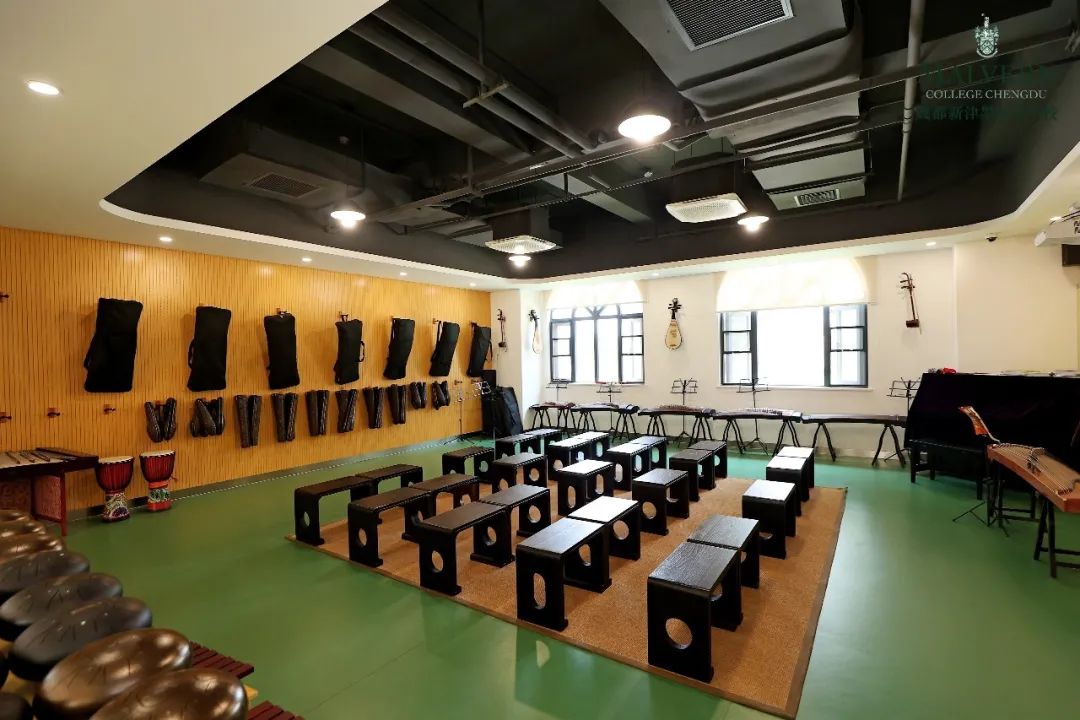
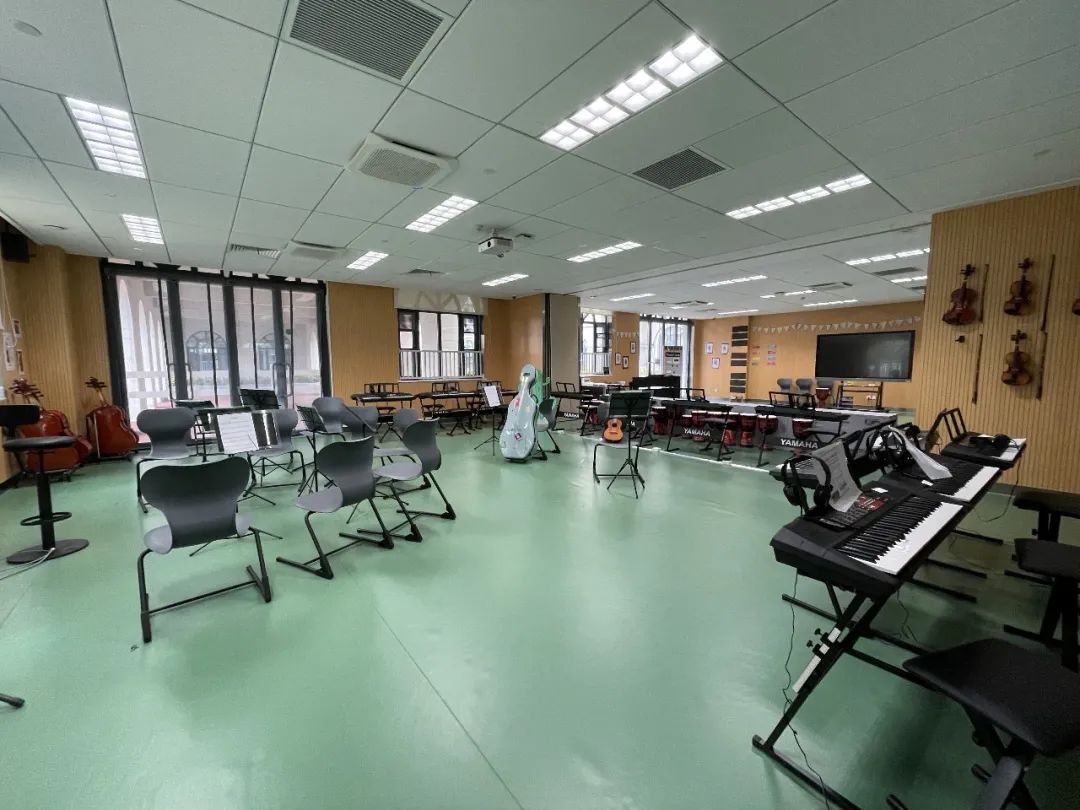
Because Chinese and Western music come from different contexts and have different teaching elements, we have dedicated Chinese and Western music classrooms. All the instruments used in our music courses including: guzheng, hulusi, bawu, Chinese drums, tank drums, and other traditional instruments are kept in these two classrooms. In addition, we have a piano, violin, cello, harp, and other classic Western instruments.
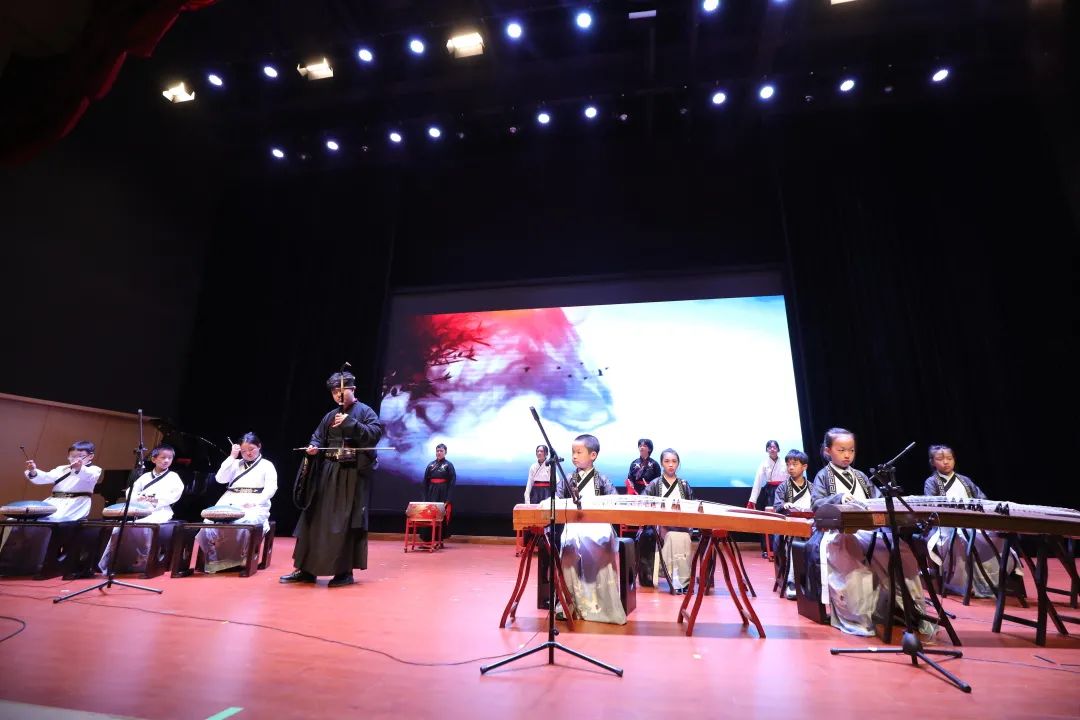
Chinese music teachers use a diverse range of teaching methods to help students acquire musical knowledge and skills, including the mastering of singing and playing instruments. From Grade 1 to Grade 6, every student will learn to play seven traditional instruments: the mahogany xylophone, Chinese drums, tank drum, lyre, guzheng, bawu, and the hulusi; The following singing techniques are also taught: vocalization, breathing, singing with expression, delivering a compelling vocal performance, legato and staccato singing, the use of variations in intensity and tempo, and more.
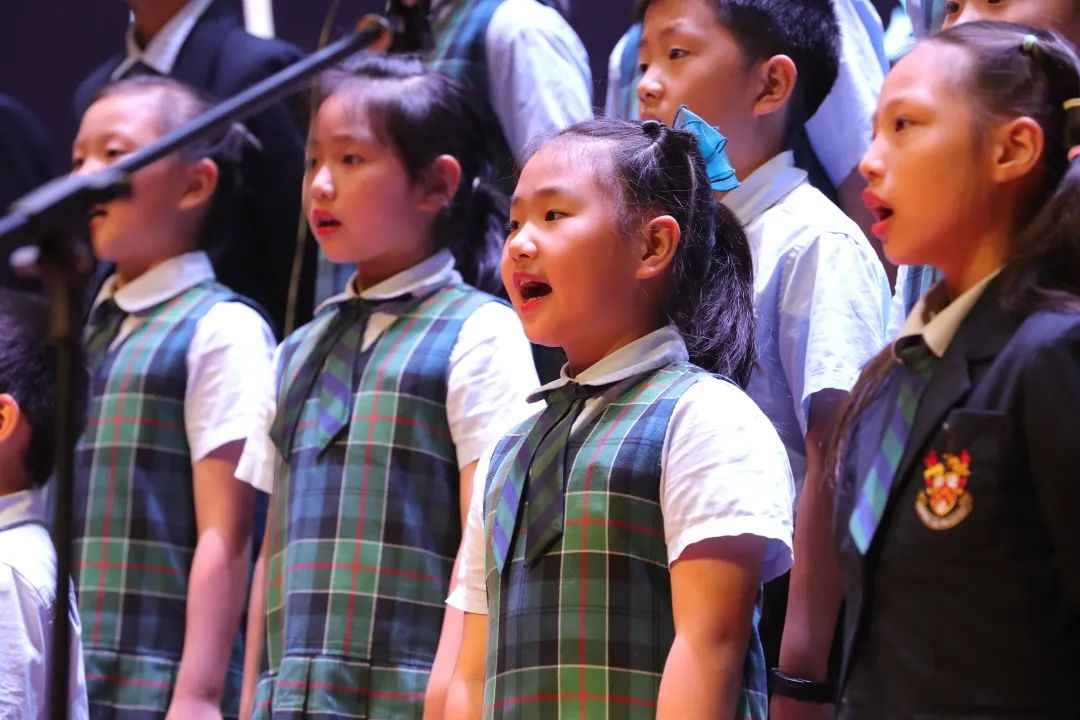
Our teaching objectives not only provide for students to complete China’s compulsory education courses, but also to take instrument classes according to their grade. Our Grade 1 and Grade 2 students focus on percussion instruments, such as Chinese drums and the tank drum, to develop their rhythmic and musical perception skills; Grade 3 and Grade 4 students learn plucked instruments, such as the guzheng, lyre, etc.; while Grade 5 and Grade 6 students are taught wind instruments, such as the hulusi, bawu, ocarina, etc.
In addition to providing a wide range of musical instruments, our music department also focuses on teaching specialised theoretical knowledge and skills including music theory, music and related cultures, music perception and appreciation, singing, techniques for playing instruments, and more.

As for the Western music element, in addition to the content specified by the Chinese national curriculum, students study English language musical performance and Western instruments. Students from Grade 1 to Grade 5 learn the celesta, harp, cello, violin, and ukulele and to perform in groups. At last year’s winter celebration, each grade presented what they had learned in the classroom. By the 6th grade students study keyboard music, which prepares them well for music courses in secondary school, where they are also encouraged to form bands and to create their own music!
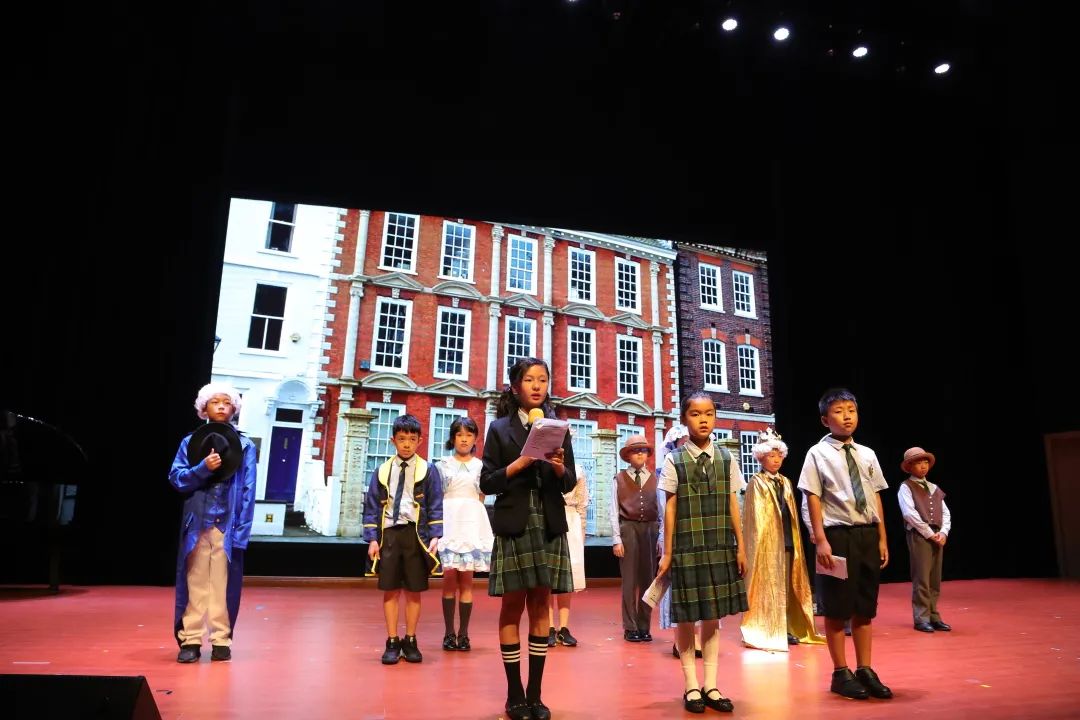
English musical performances are an essential part of Western music at Malvern College Chengdu. Children perform famous stories or scenes in English using dialogue, singing, and actions. Applying what they have learned in our comprehensive drama courses, our past students have performed a great number of wonderful English dramas. We have made a special change to the performances this year. Not only can students participate as actors, they can also help to create a dramatic atmosphere in their role as musicians. In this way, students have the freedom to choose the parts they want according to their areas of expertise. By participating in these performances, students can improve their proficiency in English in a variety of ways. In addition, performance encourages students’ creativity, sensitivity, flexibility, imagination, balance and coordination, and communication skills.
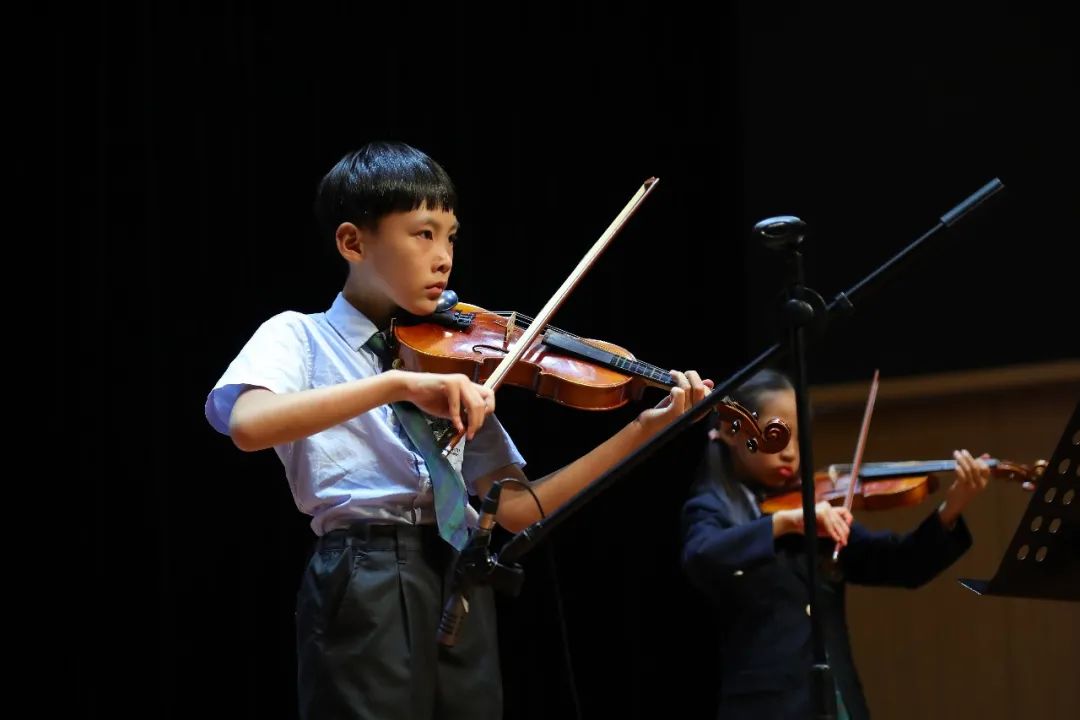
As part of the weekly co-curricular programme, we offer Chinese music clubs for the tank drum and guzheng, along with Western music clubs for cello, violin, and piano.
Malvern College Chengdu exposes children to musical instruments from a young age, encouraging them to use both their left and right hands. This not only strengthens students’ coordination and promotes their general wellbeing, but also builds their stamina and confidence, and helps the development of their intellect and coordination.
Picasso once said: “It took me a lifetime to learn to paint like a six-year-old.”
Children have a vivid and innocent perception of the world. Their unique artistic perspectives enable them to create thoughtful images and this is why we believe that every child has the ability to produce beautiful works of art.
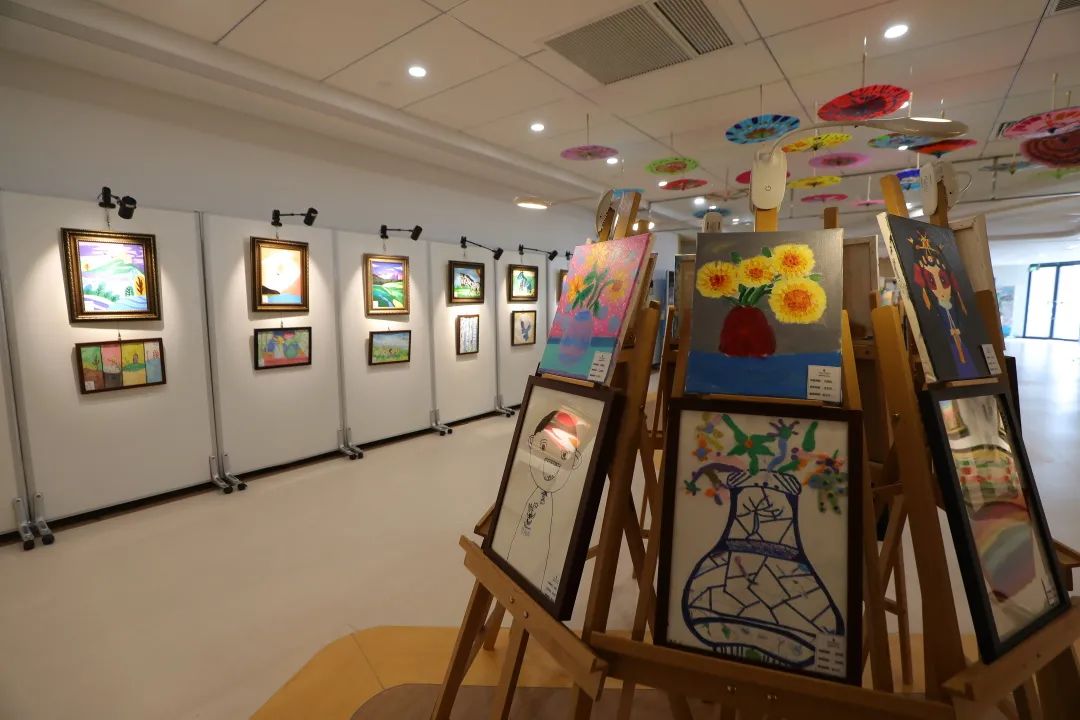
When children complete an excellent piece of art, show their work in an exhibition, take part in an engaging class, or receive words of encouragement, it can ignite their interest in art and their passion for learning. However, it can be difficult to maintain that interest in the long term, teachers therefore must devise comprehensive long-term learning plans.
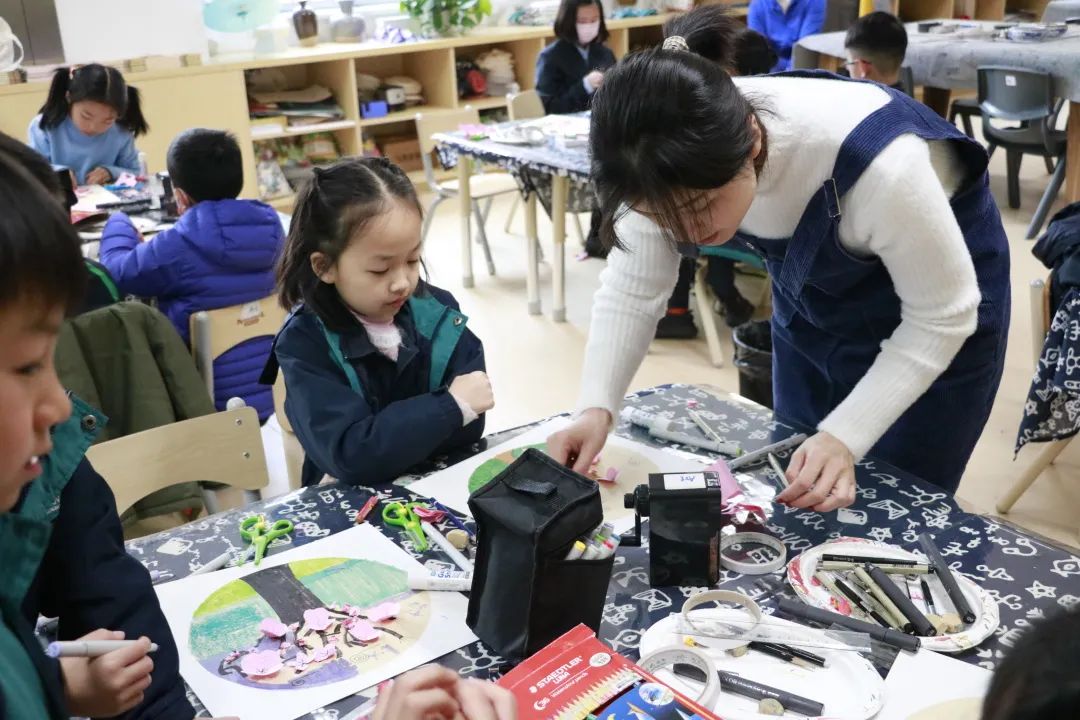
Based on the Chinese national curriculum and referencing elements of the content taught in the Visual Arts course in Hong Kong, we have created a unique curriculum for our students. To ensure children stay interested and passionate about visual arts, teachers carefully analyse their age, learning styles and personalities to make their classrooms an enjoyable learning environment. Our teachers use innovative content, and teaching styles to allow children to first understand the basics of artistic expression and then to participate in various art activities, either as individuals or in groups. They encourage students to think ‘outside the box’ and to experiment with various tools and materials, such as hand-painted fans, folding umbrellas, chi-paos, t-shirts, shoes and hats, canvas bags, porcelain plates, porcelain panels, etc. In such a stimulating environment, students’ enthusiasm is maintained.
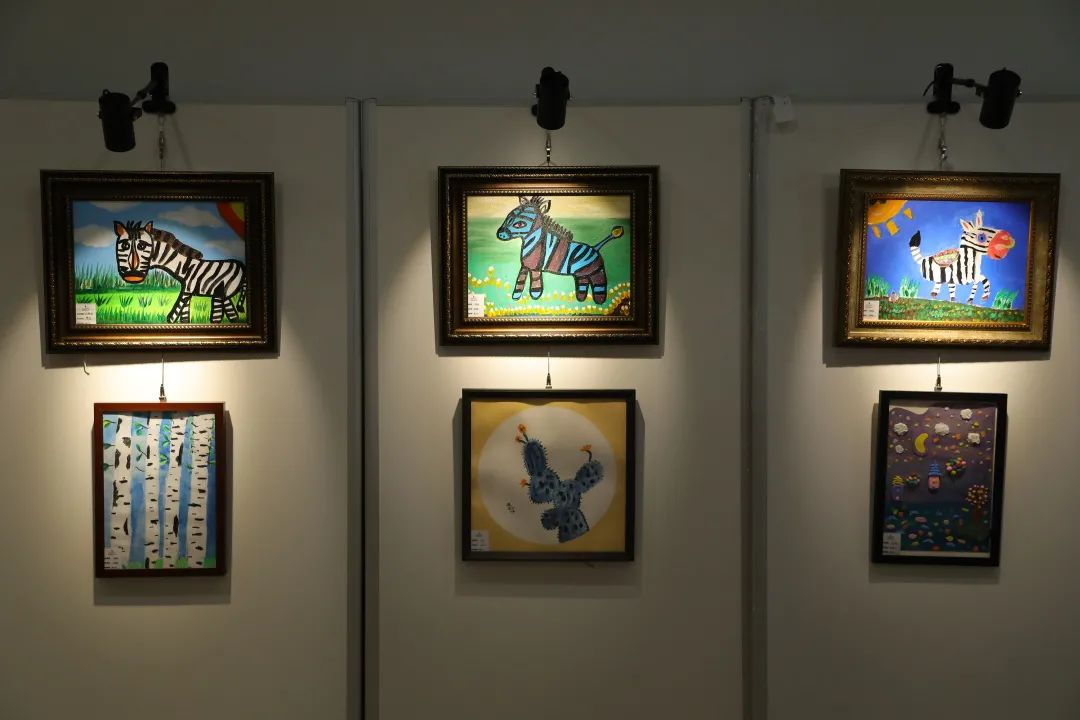
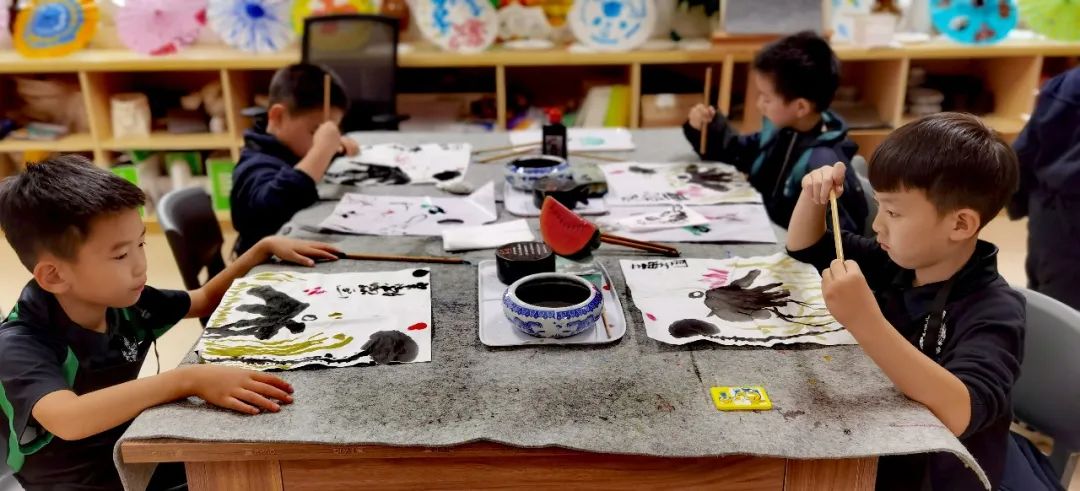
At the same time our visual arts courses make detailed distinctions between the different histories, types of works, painting techniques, and Chinese and Western painters. We offer an in-depth appreciation of art and a hands-on learning experience which allows students to better understand the rich cultural heritage of Chinese art and, at the same time, cultivates national pride. By learning the stories behind Western art, students gain a deeper understanding of modes of artistic expression that are entirely different from those of traditional Chinese painting. For 6th grade students going on to secondary school, our teachers include more transition courses, and have higher requirements in terms of a student’s drawing techniques and their independent creative skills.
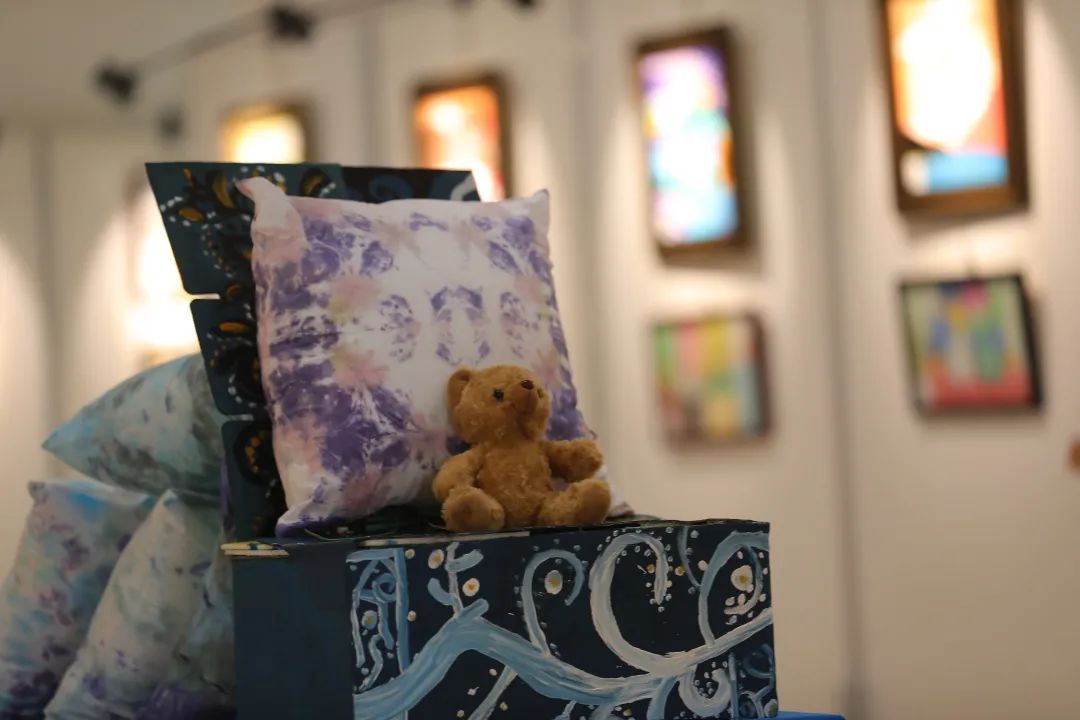
Under teachers’ guidance, students are inspired to create. They learn to use artistic expression to portray their emotions and thoughts and how to actively use art to beautify their lives and their environment. In addition, students also become art literate, cultivate aesthetic values, and develop good character. With encouragement from their teachers’ students maintain a strong interest in learning about art and with their potential unleashed, students are constantly motivated to create exceptional works of art.
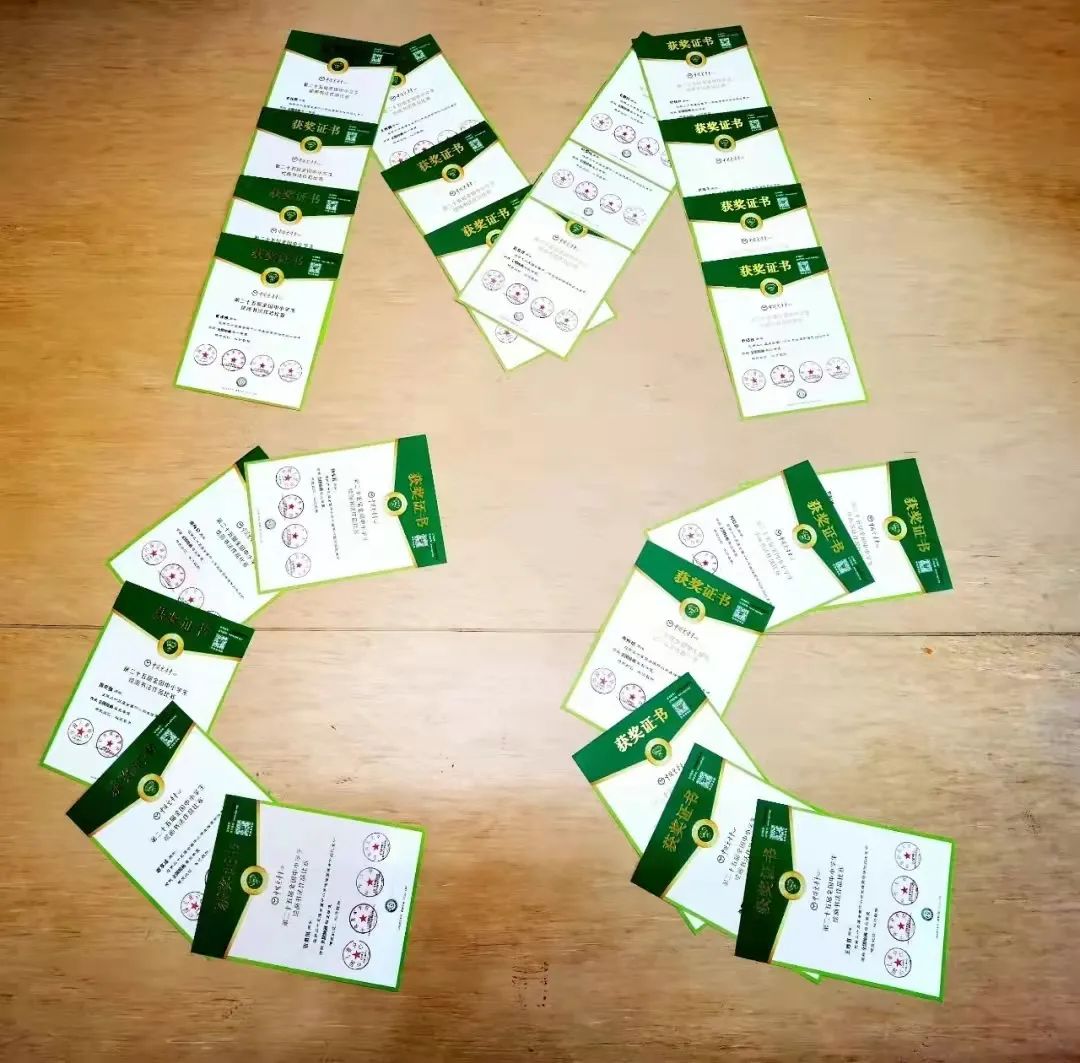
After more than a year of hard work, our primary school students have achieved numerous accomplishments. In last year’s “25th Longbei National Secondary and Primary School Students’ Painting and Calligraphy Competition,” 30 pieces of art, created by 29 students, won awards at the provincial level, a grand slam for the provincial awards. Of these artworks, 25 also received national awards!
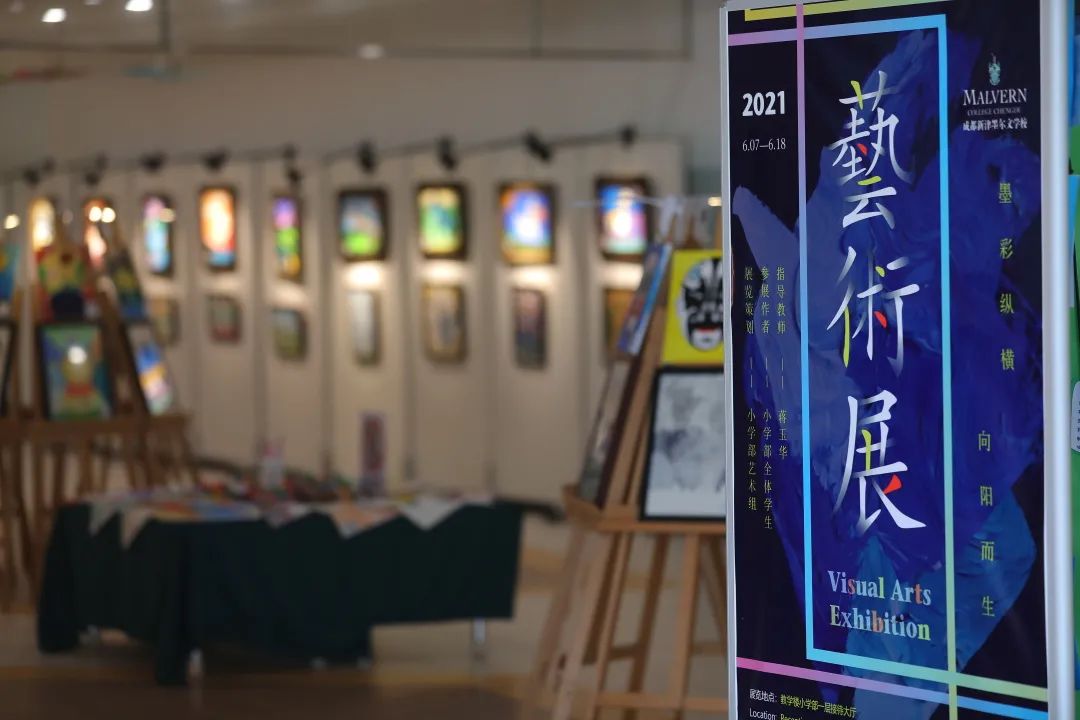
On 18 June 2021, our primary school’s young artists presented the “Sunny Art World” exhibition. More than 100 artworks, in a variety of styles, were displayed. Each piece was carefully selected from the children’s daily practices, including acrylic paintings, gouache paintings, watercolours, Chinese paintings, paper cuttings, clay collages, three-dimensional hand-paintings, and tie-dye. When visiting the exhibition, you could feel the children’s fairy-tale-like inner worlds, with every painting putting a smile on your face.
Malvern College Chengdu’s co-curricular activities now include a calligraphy and painting club. Here, children who love fine art can study traditional Chinese art in greater depth.
In primary school, it is more important to shape students into children who love sports than into children who simply excel at sports. If we emphasise passion over skill, then children will be more motivated to pursue sports in the future. At this age, children are more active by nature. Chinese and foreign P.E. teachers often add more games to make the curriculum both fun and educational. This encourages students to develop a love of sports, master skills, and to reach the goals set by their teachers in a disciplined manner. For example, our teachers got students to tie mini parachutes around their waists. Then, on the teacher’s command, they had to run towards the finish line. The wind caught in their parachutes and made it more difficult to run forwards and as they ran, they giggled: “The wind is way too strong.” During this activity, students learned, in a visual way, how wind resistance creates forces in opposition to their motion and this made running fun. By the time the students reached the finish line, they were drenched in sweat and laughing.。
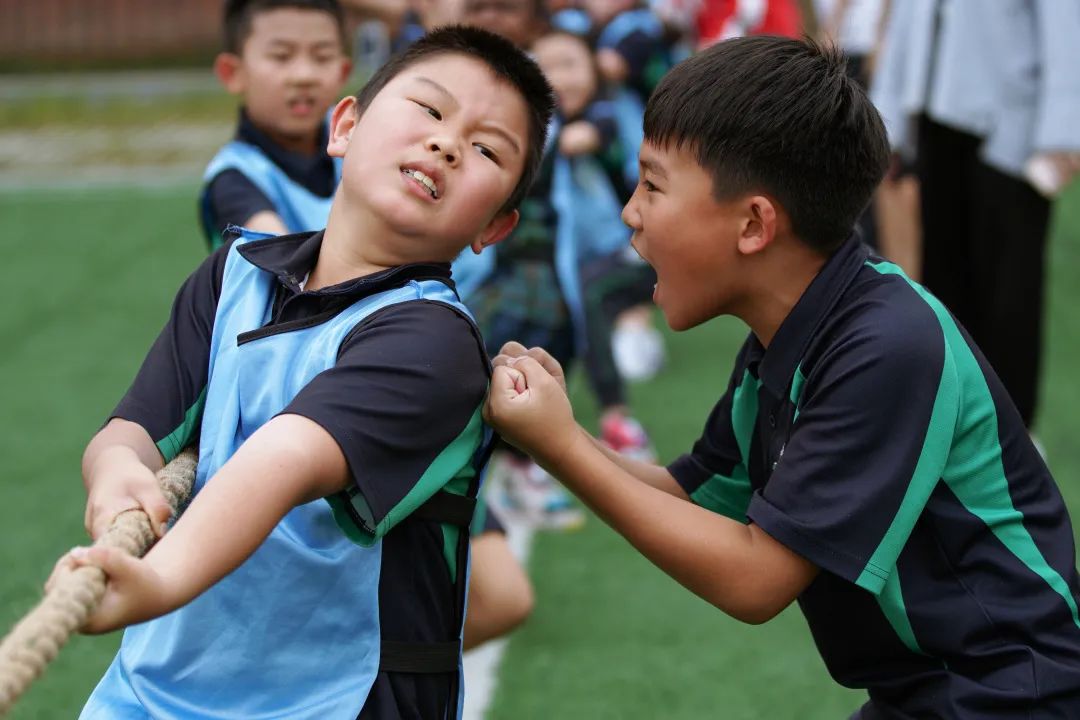
In our primary school physical education is taught by Chinese and foreign teachers, and students are exposed to sports from different countries. Through being taught in different languages and with different teaching methods, students learn more about each sport and the culture behind it. For example, our Physical Education teacher Jacques specializes in American football (rugby), cricket, tennis, soccer, and track and field. He previously taught rugby and cricket at Grey College, one of South Africa’s most prestigious boarding schools. Our Chinese Physical Education teacher, Sean Li excels at tennis, track and field, basketball, swimming, and fitness training. This year, our co-curricular programme’s English-speaking teacher, Mark was winner of the 2021 Asia CrossFit Championship and is offering a special children’s fitness programme. Other physical education courses include badminton, basketball, English cricket, soccer, etc.

Sports not only makes our students happy, it also allows them to build character and discipline. The 11 Malvern qualities include resilience, collaboration, self-awareness, and others, which all offer lifelong benefits. Instead of teaching acompetitive approach to P.E. we hope to broaden our students’ horizons through sports by teaching ones that are suited for their growth. Whilst we promote academic excellence, we also care about their physical and mental wellbeing.
A high-quality education must be well-rounded. Malvern College Chengdu actively supports the national education reform, adheres to the “Five Ways of Life”, and promotes a well-rounded education. By providing different specialist art and physical education courses, we hope children will find hobbies they are passionate about. At the same time, we work hard at imparting subject knowledge and building strong foundations so that students become more enthusiastic about developing hobbies that will benefit them for life.

